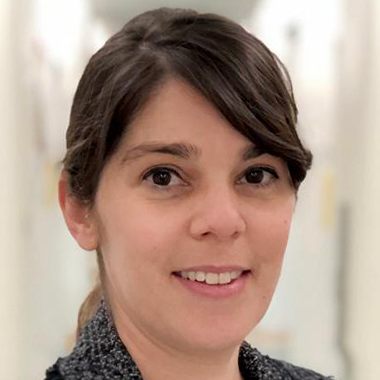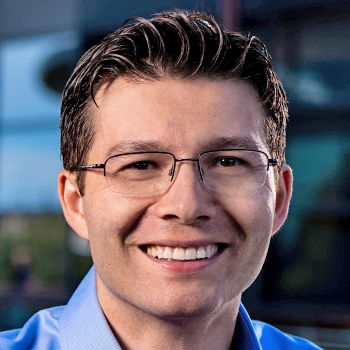
Stanford Bio-X Talks in English (T.I.E.)
Introducing a broad range of scientific research in the Stanford Bio-X community through jargon-free lectures and discussion.
12:00 PM

KRISTY RED-HORSE, Associate Professor of Biology
“When two roads meet during development: convergent cell differentiation in the mouse and human heart”
We typically envision cell fate trajectories during development as being linear pathways where a cell progressively differentiates into its final fate. However, modern lineage tracing has revealed that a seemingly homogeneous cell population is frequently comprised of cells that took very different developmental paths. Since discovering that coronary artery cells arise from at least two different sources, we have been interested in whether they remember their different origins on the molecular level into adulthood and whether this history influences tissue homeostasis, injury, and disease. We are now able to address this question using single cell RNA sequencing combined with lineage tracing and injury models. Here, I will discuss our progress on understanding how alternative trajectories influence cell state, in both the mouse and human hearts.
12:30 PM

SERGIU PASCA, Associate Professor of Psychiatry & Behavioral Sciences
“How the Brain Builds Itself”
Brain development is a remarkable process in which cells proliferate, differentiate, migrate, and connect to form functional neural circuits. One of the main challenges in understanding the programs underlying brain development and how this goes awry in neuropsychiatric disease is the lack of direct access to intact, functioning human brain tissue for detailed investigation and manipulation. Towards this, my laboratory developed tridimensional, self-organizing cellular preparations known as brain assembloids and brain region-specific organoids. In my talk, I will illustrate how we generate and manipulate human stem cell–derived neural ensembles over months to years in a dish to understand how neurons derived from patients with neuropsychiatric disease find their position, how they mature and how they communicate.
To view both talk videos, you will need to log in with a Stanford SUNet ID.
Click the button below to log in and watch these Talks in English videos:
